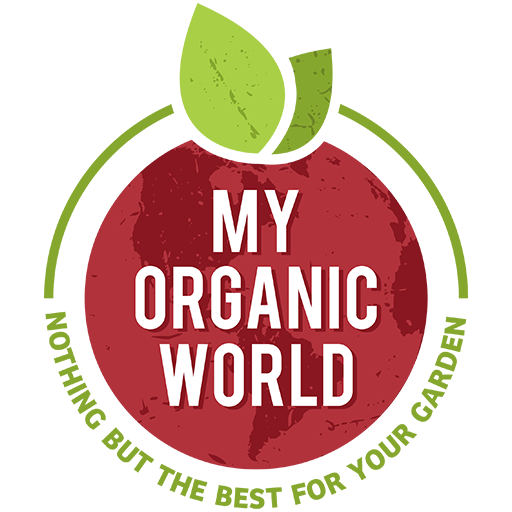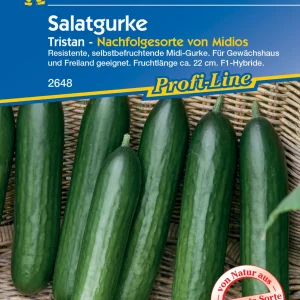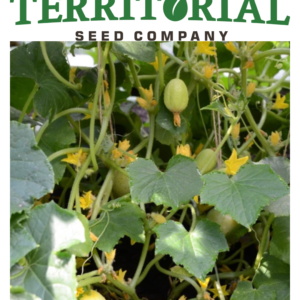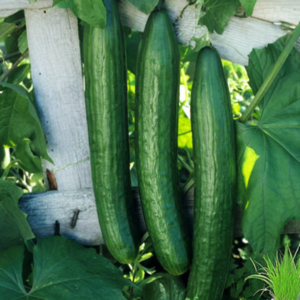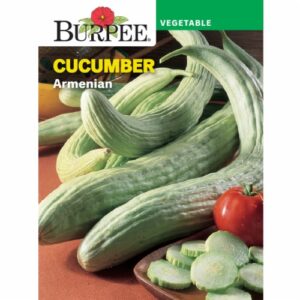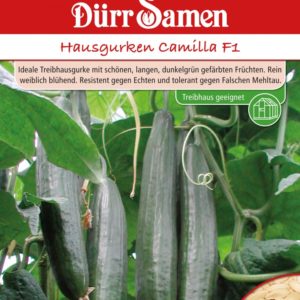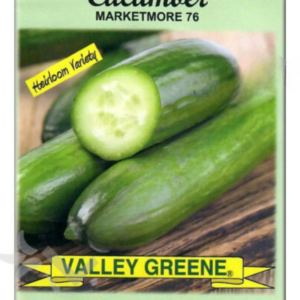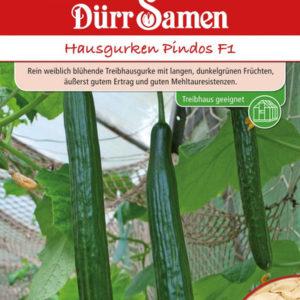Ishtar Cucumber F1
1,750 د.ك
Ishtar can be field grown, but it performs best in a greenhouse from spring to autumn. It was very productive for us in raised beds. Ishtar is a smooth-skinned, parthenocarpic, Beit Alpha type, so it does not require pollination to produce its seedless fruits. If pollination occurs (if it is not isolated, or if it’s grown outdoors), seeds may develop. The plants are vigorous and strong, with 13-14cm (5-5½”) long, cylindrical fruits. This variety also boasts intermediate resistance to Powdery Mildew, so it’s great for coastal growers who seem to experience this cucumber disease ever season.
Matures in 52 days. (Hybrid seeds)
Starting
Sow 3-4 seeds 2cm (1″) deep in each spot you want a plant to grow. Thin to the strongest seedling. Space plants 23cm (9″) apart in rows 90cm (36″) apart.
Ideal pH: 6.0-6.8. Choose a warm, well-drained soil. Raised beds work well. Add diolomite lime and compost or well-rotted manure to the bed and ½-1 cup of complete organic fertilizer mixed into the soil beneath each transplant. Cucumbers are vigorous and need lots of nutrition and water. Use plastic mulch, plant under floating row cover or cloches – anything to warm things up. Once the weather warms up, keep soil evenly moist. When plants begin to flower, remove covers so bees can access the flowers to pollinate. Fruit that is not fully pollinated will be very small and shriveled, and should be removed from the plant. Most varieties should produce fruits until the weather begins to cool down. Keep plants well picked for better production. Try to water the soil only, keeping the leaves as dry as possible.
Almost all cucumbers benefit from being trained onto a trellis of some kind. Some vines can reach 7 or 8 feet in length, so growing them upward onto a trellis makes good use of garden space. Fruits that grow hanging into space tend to be straighter than those that form on the ground.
متوفر في المخزون
